Do goats really need light at night?
Goats have been an essential part of human civilization since ancient times.
They were among the first animals to be domesticated around 10,000 years ago in the Fertile Crescent region of the Middle East.
Over time, different goat breeds have evolved to suit various purposes such as dairy production (like the Nubian or Saanen breeds), fiber production (like Angora or Cashmere goats), or even meat production (like Boer goats).
Their adaptability has made them a popular choice for farmers worldwide.
But does their adaptability mean that they need light at night?
No, goats do not require light at night for their well-being. Goats are naturally adapted to low-light conditions and have excellent night vision. In fact, providing a period of darkness during the night is essential for their proper rest and sleep cycles.
Importance of Understanding Their Natural Behaviors and Needs
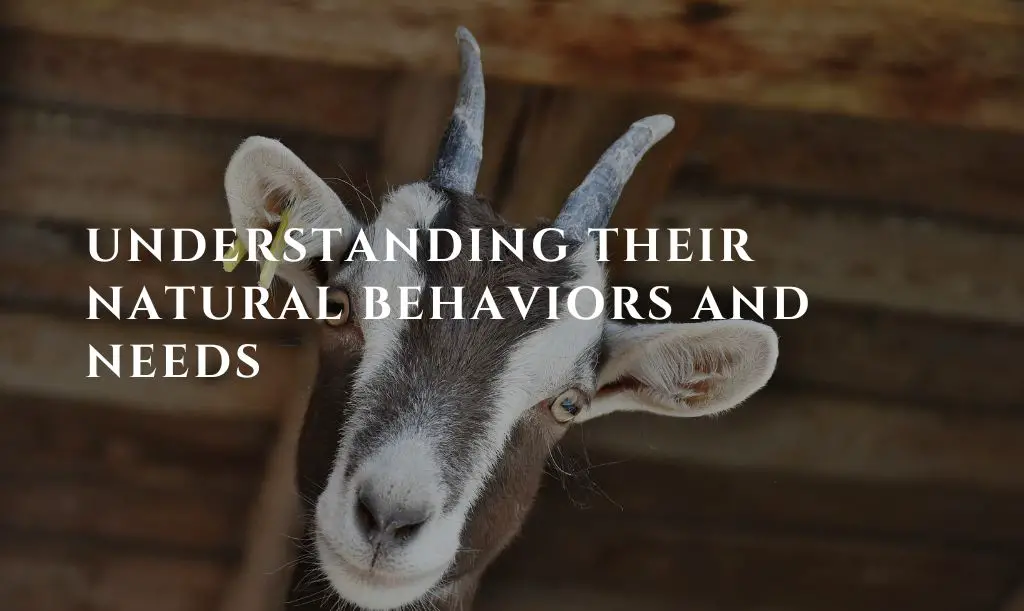
To truly provide optimal care for our goats, it is vital that we delve into their natural behaviors and needs deeply.
While they may seem like simple creatures with a penchant for eating anything in sight (which is partially true!), goats harbor complex social structures and exhibit unique behaviors influenced by their evolutionary history.
Understanding how goats naturally interact with each other within a herd hierarchy or how they behave when faced with potential threats allows us to create environments that promote their physical health and mental well-being.
Moreover, recognizing their specific physiological needs helps us address issues such as nutrition requirements during pregnancy or lactation periods more effectively.
By tailoring our management practices to align with their natural inclinations, we can minimize stress, prevent health problems, and enhance their overall quality of life.
The Circadian Rhythm of Goats
The circadian rhythm is like Mother Nature’s personal timekeeper, controlling the biological processes within an organism over a 24-hour cycle.
It regulates various bodily functions such as sleep-wake patterns, hormone production, and metabolism.
For animals, including goats, the circadian rhythm plays a crucial role in maintaining optimal health and well-being.
This internal clock helps them anticipate environmental changes and adapt accordingly.
By aligning their behavior with this natural rhythm, goats can optimize their productivity and overall physiological functions.
How goats’ natural behavior aligns with the circadian rhythm
Goats are crepuscular creatures, meaning they are most active during dawn and dusk.
This behavior is closely tied to their evolutionary adaptations to survive in the wild.
In their natural habitats, goats have developed a keen sense of timing when it comes to feeding, seeking shelter, or socializing with one another.
During the day, they graze on vegetation while utilizing sunlight for both vitamin D synthesis and warmth.
As evening approaches and darkness sets in, goats instinctively seek shelter to rest and conserve energy during nighttime hours when predators are more active.
This synchronization between their innate behavior and the circadian rhythm ensures that goats can effectively maintain their daily routines while maximizing their chances of survival in nature.
Natural Habitat and Lighting Conditions
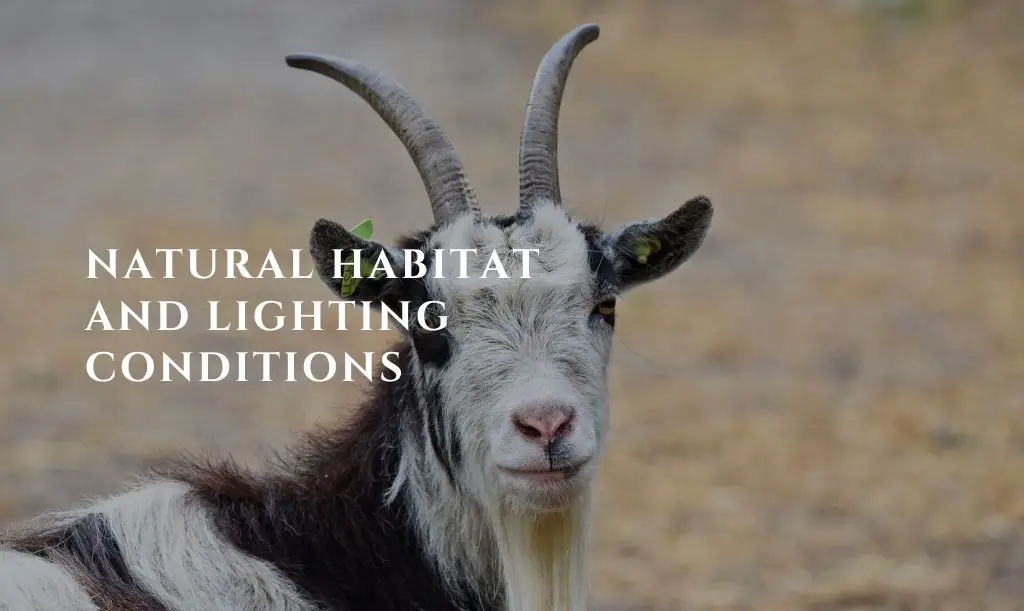
Goats have adapted to a wide range of environments.
In their native habitats, goats typically experience natural lighting conditions that vary throughout the day.
During daylight hours, they frolic under the warm sun, basking in its golden rays as they graze on verdant pastures or scramble across rocky terrains.
As dusk approaches, these nimble animals seek shelter, often retreating to caves or dense vegetation where natural light diminishes gradually.
How Natural Lighting Affects Goats’ Behavior And Health
Natural lighting conditions play a crucial role in shaping goat behavior and overall well-being.
As diurnal creatures with an innate sense of rhythm, goats tend to be most active during daylight hours when ample light is available.
They are highly visual animals; therefore, sufficient natural light allows them to navigate their surroundings effectively while foraging or engaging in playful antics.
Moreover, sunlight serves as a vital source of vitamin D for goats.
Just like humans soaking up those rays at the beach (if we’re lucky enough), sunlight helps stimulate vitamin D synthesis within their bodies.
This essential vitamin aids in calcium absorption necessary for strong bones and healthy immune function.
Additionally, exposure to natural lighting influences goats’ internal clocks, known as circadian rhythms.
These biological timekeepers help regulate various physiological processes, including sleep-wake cycles and hormone production.
The gradual transition from bright light during the day to low light levels at dusk signals goats that it’s time to wind down, seek shelter, and rest.
Understanding goats’ natural habitat and the impact of lighting conditions enables us to better meet their needs in domesticated settings.
By emulating natural lighting patterns in goat housing or shelters, we can provide an environment that promotes their behavior and health, ensuring these charismatic creatures thrive in our care.
Artificial Lighting in Goat Housing
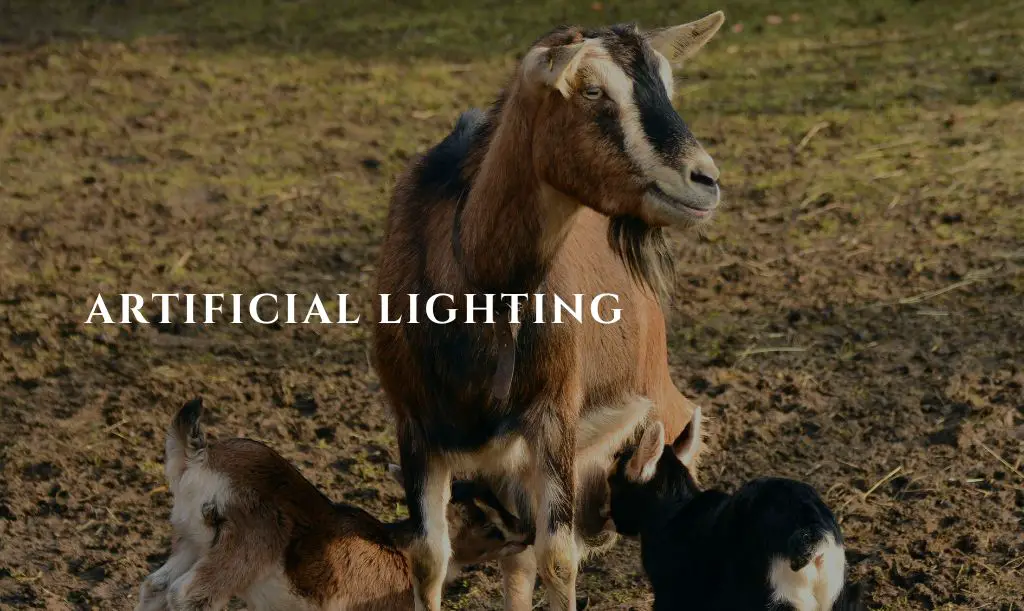
When it comes to goat housing, providing artificial lighting serves multiple purposes.
First and foremost, it helps to extend the natural daylight hours during the winter months when days are shorter.
This is important because goats are diurnal animals that are naturally active during daylight hours.
By adding artificial light, we can ensure that goats have enough time to eat and engage in normal activities even when the sun goes down early.
Additionally, artificial lighting can help prevent boredom and reduce stress for confined goats by mimicking natural light patterns, thereby promoting a healthier living environment.
Optimal Light Levels For Different Stages Of Goat Life (E.G., Kidding, Lactation)
The optimal light levels for goats vary depending on their life stage and specific needs.
During kidding season, it is crucial to provide adequate lighting in order to assist with quick identification of potential complications during birth.
A well-lit environment enables better visibility and allows farmers or caretakers to intervene promptly if necessary.
For lactating does, ensuring a minimum of 14-16 hours of light per day stimulates milk production as they require longer periods of illumination to maintain proper hormonal regulation.
Benefits Of Maintaining A Consistent Light-Dark Cycle For Goats
Maintaining a consistent light-dark cycle is highly beneficial for goats as it helps regulate their biological rhythms and overall well-being.
Goats, like most animals, thrive on routine and stability.
Consistent lighting patterns promote healthy sleep-wake cycles which can reduce stress levels and lead to improved productivity, growth rates, reproductive efficiency, and immune function among the herd.
Moreover, an established light-dark cycle aids in synchronizing metabolic processes within the body while promoting normal behavior patterns such as feeding habits.
Ensuring appropriate artificial lighting in goat housing not only addresses their natural behavioral needs but also aids in maintaining their overall health and welfare.
Do Goats Need Light at Night?
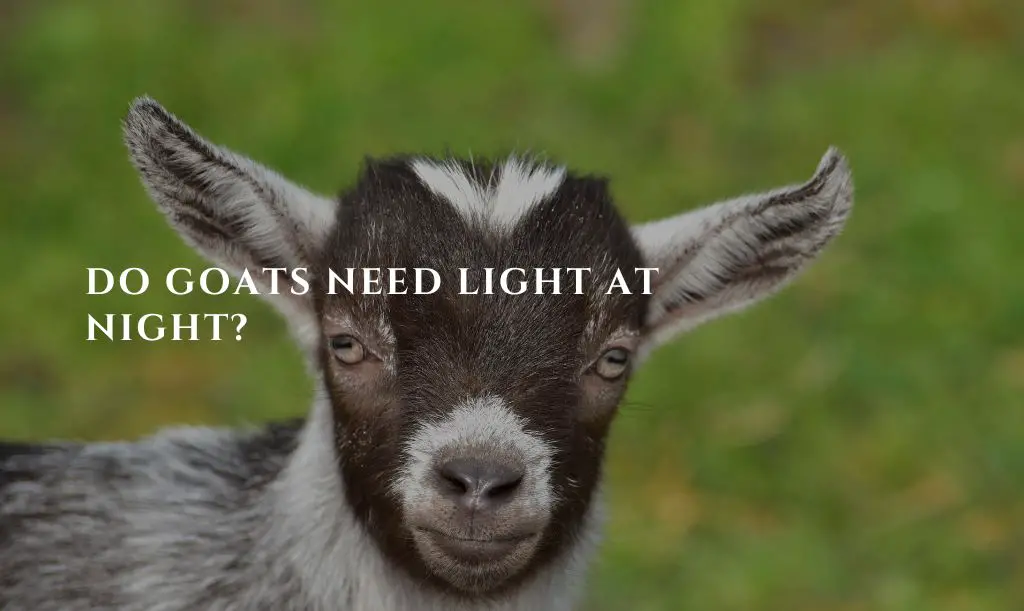
When it comes to providing light at night for goats, there are a few factors to consider.
One of the primary reasons is safety, particularly in areas where predators pose a threat.
Illuminating the surroundings can help deter predators and ensure the goats’ security.
Additionally, providing light can make it easier for farmers or caretakers to monitor the goats and perform necessary tasks during nighttime hours.
How Darkness Affects Goats’ Rest And Sleep Patterns
While goats are typically diurnal animals, like us humans, darkness plays an essential role in their rest and sleep patterns.
Goats naturally require periods of darkness to ensure proper relaxation and rejuvenation.
Just like us curling up under a cozy blanket in a dimly lit room helps us unwind, goats also benefit from an environment that allows them to experience a sense of tranquility during their slumber.
Potential Risks of Excessive Light at Night
Although providing some light at night may have its advantages, excessive artificial lighting can be detrimental to goat health.
Continuous exposure to bright lights disrupts their natural hormonal regulation processes.
This disruption can impact their reproductive cycles and may even lead to decreased fertility rates among breeding animals.
Moreover, excessive light can disrupt their overall well-being by hindering the quality of sleep they receive.
Impact On Hormonal Regulation, Reproduction, And Overall Well-Being.
Artificial lighting that doesn’t allow for sufficient periods of darkness can disrupt hormone levels within goats’ bodies.
This disruption may alter estrus (heat) cycles among female goats and hinder successful breeding efforts.
Furthermore, prolonged exposure to constant illumination negatively impacts their overall well-being, potentially leading to increased stress levels and compromised immune systems.
Balancing Natural Darkness with Artificial Lighting
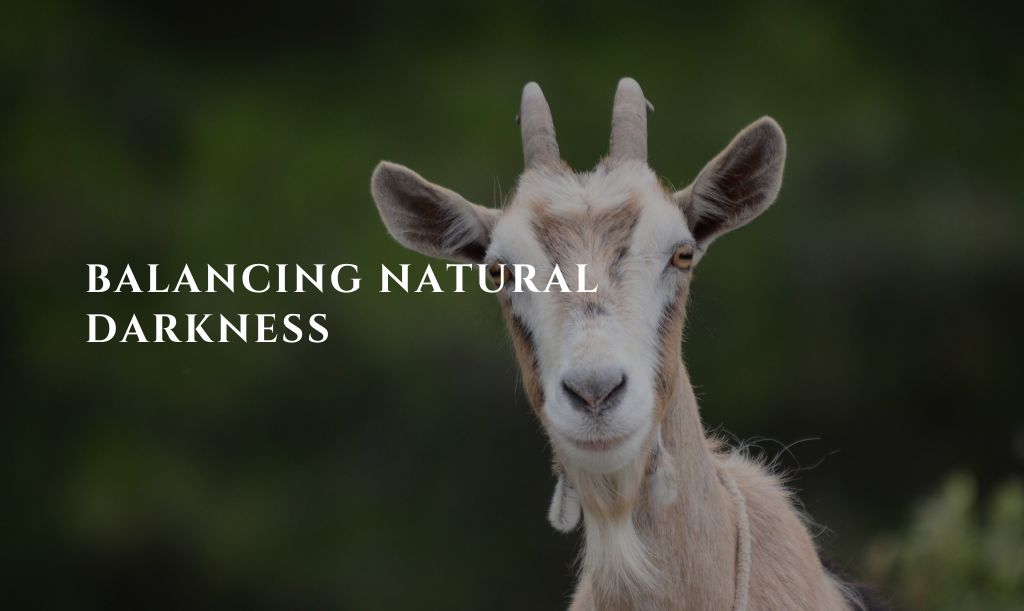
To ensure goats receive adequate rest while still meeting specific management requirements, it is crucial to strike a balance between natural darkness and necessary artificial lighting.
Providing enough darkness during nighttime hours allows goats to engage in natural sleep cycles.
Simultaneously, strategic use of artificial lighting can be implemented to address safety concerns or perform essential tasks without disrupting their overall well-being.
Strategies To Ensure Adequate Rest While Meeting Specific Management Requirements.
Implementing a controlled lighting schedule can help achieve the desired balance.
Gradually transitioning from light to darkness at sunset and vice versa at sunrise mimics the natural rhythm.
Using motion-sensor lights can provide security without constant illumination.
Additionally, considering the specific needs of different goat groups (e.g., kidding does or lactating females) when designing lighting strategies ensures that all management requirements are met while still allowing for sufficient rest periods.
Do Goats Need Light At Night? Conclusion
So, do goats need light at night?
Well, considering both the natural behaviors of goats and specific management needs is crucial in determining whether or not to provide light at night in goat housing.
While some illumination may be necessary for safety purposes, it is essential to find a careful balance that respects their need for darkness during sleep cycles.
By providing a suitable environment that aligns with their innate instincts, we promote their overall well-being and optimize their reproductive health.
Remember, just like us, goats thrive with a little night’s rest under the stars!
Related Articles:
- https://farmyardfables.com/is-bermuda-hay-good-for-goats/
- https://farmyardfables.com/why-are-my-goats-horns-cracking/
- Do Goats Sound Like Humans? Find Out Here! - 22 December 2023
- Vegetable Oil For Constipated Goat (Comprehensive Guide) - 22 December 2023
- Is Bermuda Hay Good For Goats? (Solved!) - 21 December 2023


